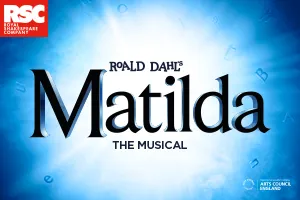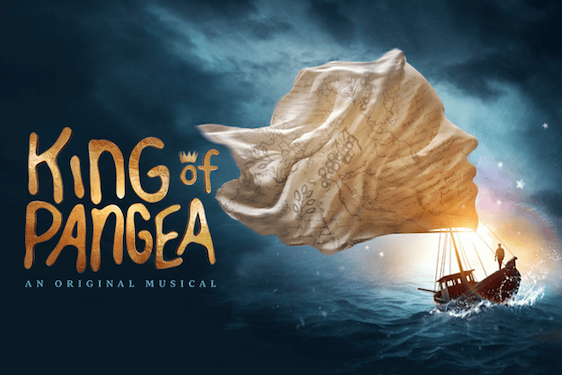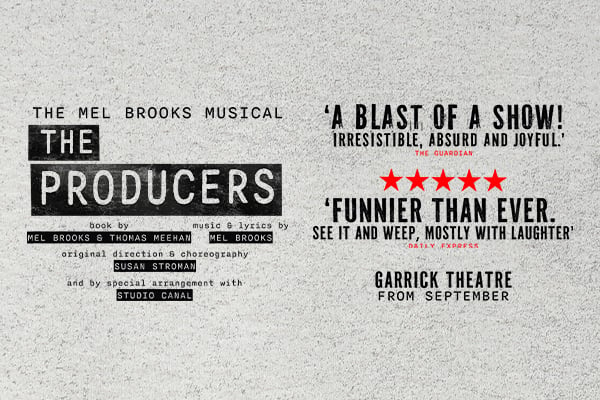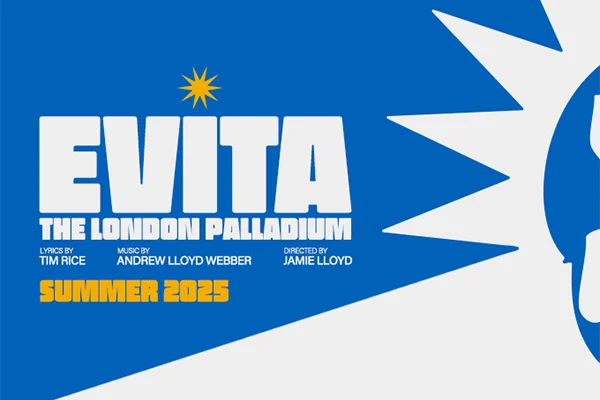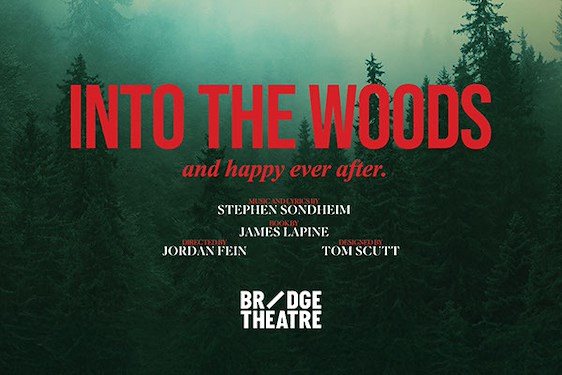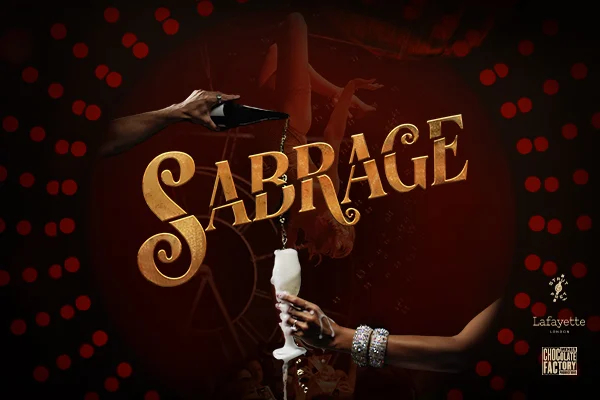In just under an hour, FK Alexander’s new performance art piece VIOLENCE delivers an immersive meditation on love’s potential savagery.
An immersive meditation on love’s potential savagery.
The stage is ready: a flower-decked table and a small chair are placed to one side, and on the table sits a table-top guillotine; a pair of red shoes, tortuous pointed toes and stiletto-knife heels, perch near centre stage; a single light spots; instrumental music loops.
A woman walks on: she wears a baby-woman dress, strapless, puffy and pink, which grazes over her bare legs, dainty pendant necklace and rings on her fingers. Her make-up is harsh, her face expressionless, her nails painted bright red, matching the shoes on the stage, and her hair is a parody of blonde tresses, acid yellow. The flowers on the table blend in with her.
Skeeter Davis’s 1960s song The End of the World begins to play, 'Why does my heart go on beating?' And the woman sits at the table. 'Why do these eyes of mine cry?' The woman does not cry in fact, her face is set. 'Don't they know it's the end of the world?' She picks up a handful of flowers and slams off their heads with the guillotine, discards - throws - the stems on the floor. 'It ended when you said goodbye.' As the one-key pop lyrics spin on, the crack of the guillotine is a steady accompaniment, and more flowers are decollated.
Seamlessly then to those red shoes – they fit - and a slow walk, a non-dance, backwards. The high heels scrape and crack on the ground, the only sound to be heard now; and the smack-down of a heel trigger lights that flick on along the catwalk. There is more: electricity crackles; single words beam to the back of the stage and force, perhaps, a contemplation of familial and religious co-dependencies; in one section, outstanding drum work accompanies the cracking of the heel.
The whole piece is well controlled. It presents as a ritual of sorts and its steady pace and repetition, plus clever use of lighting, build up a sense of menace and disquiet. The trumped-up tropes of love and desire – the flowers, the garb, the click-clack of high-heeled shoes, the schmaltzy pop song – are subverted with clinical precision.
At the end, the stage loops back to the start. The abandoned shoes are there, where they were, but the flowers, now broken, are strewn on the floor; their smell, those volatile compounds, fill the air. The audience leaves. They have much to contemplate.







